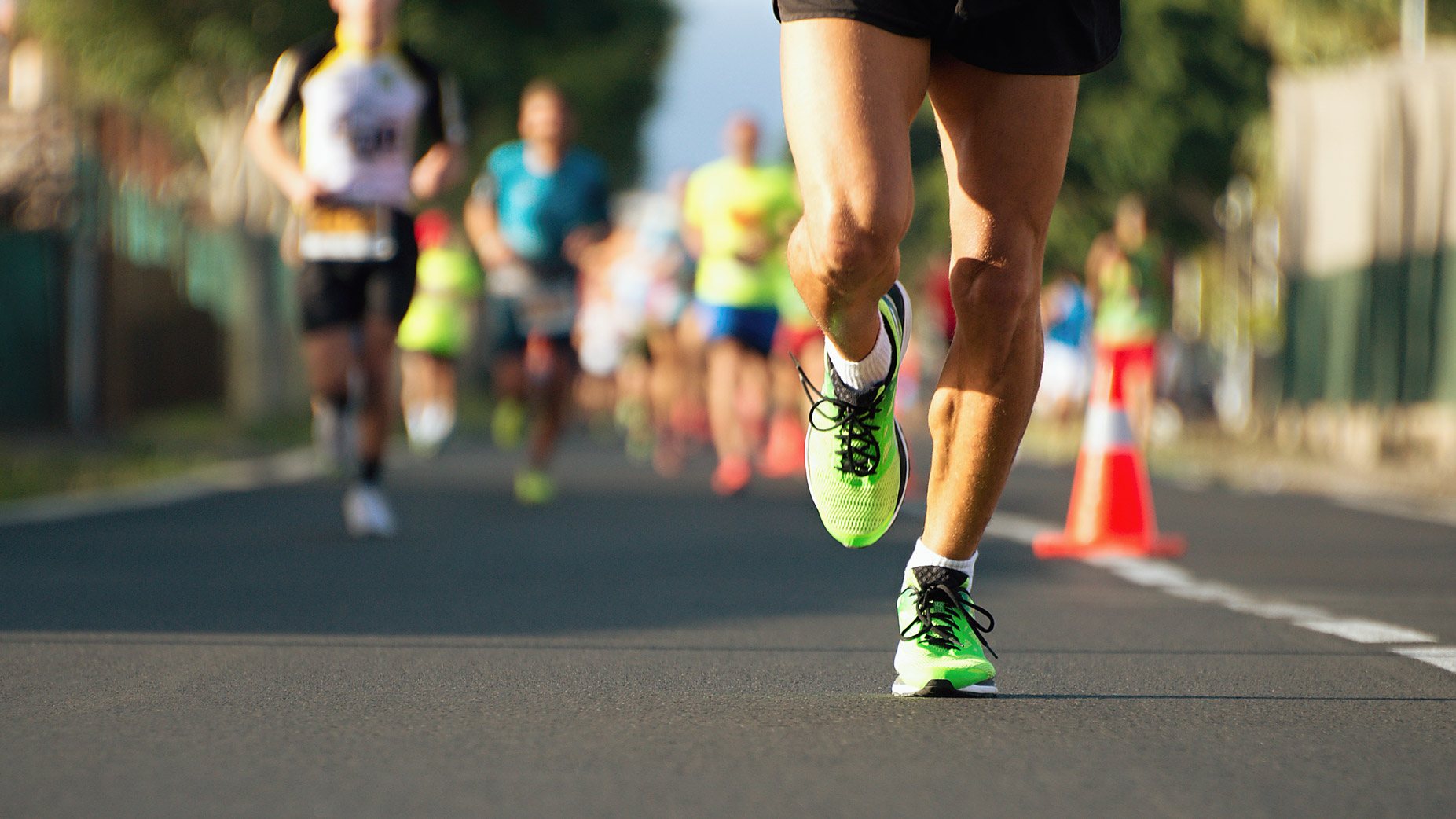This is the key strategy for running long distances every runner needs to know
The 'negative split' could change your running game

Every runner who has ever ran more than 10 miles knows the pain of starting a run fast and strong, but finishing slower when you’re ragged and tired. It doesn’t matter if it’s an organised race or just a Sunday training run - it’s common to run the second half slower than the first.
However, one strategy that’s become popular with runners looking to get the best out of themselves on race day is the “negative split”, which means running the second half of a race faster than the first half. According to data from Strava, only between one to eight percent of marathon runners manage to perform negative splits, but it’s a good way to ensure you pace yourself over long distances.
According to the Journal of Sport Analytics, which studied the pace of marathon runners, “true negative splits are rare among recreational marathoners. This suggests that a slow finish is the end of a hard race with significant deterioration in pace during the second half of the course. On the other hand, fast finishers maintain a much more even pacing profile throughout the race, and have enough left to finish fast.”
It makes sense: if you run too fast early on, you’ll use up too much energy and risk finishing the race slow, or not finishing at all. However, if you start slow, you can gradually increase your pace and finish strong. The ability to check your Garmin watch or (other running watch of choice) and see what pace you’re running has made using pacing strategies easy; so as long as you have a smartwatch on, a fun-runner can adopt this strategy just as well as an elite athlete.
Virtual pacer features like Garmin's PacePro can help you regulate your pace even more easily, by punching in a target before you start running, while features like Real-Time Stamina can help you understand how much energy you have left in the tank. By training to hit your target pace, you'll enter race day fully prepared to achieve a negative split.
How to perform a negative split
While it’s easy to say “finish faster than you start”, it’s much harder to put it into practice, especially for long-distance races like marathons. It requires careful planning ahead of time, and mental grit on the day. But it can be done, making for a more enjoyable race as you have more energy for most of the event (and perhaps a faster finish time!)
First off, set a target time for your run. For example, you might want to run a marathon in under four hours, which works out at around five minutes and 40 seconds per kilometer. With this goal in mind, you can calculate how to run your negative split: for example, you might aim to run your first two or three kilometers at 6:15/km.
Sign up for breaking news, reviews, opinion, top tech deals, and more.
Once the race has begun in earnest and the crowds have thinned out, you can think about gradually increasing your pace to 6:00/km, then 5:45/km. Around the halfway point, you’ll want to be running around your target pace – 5:40/km in this case – and getting faster.
While training, you’ll want to keep your target pace in mind and practice running negative splits on your long runs. By checking your watch regularly and practicing slower, controlled runs to start with, you’ll be able to reserve some energy and run faster towards the end of your race.

TechRadar created this content as part of a paid partnership with Garmin. It was written by a TechRadar journalist.

Matt is TechRadar's expert on all things fitness, wellness and wearable tech.
A former staffer at Men's Health, he holds a Master's Degree in journalism from Cardiff and has written for brands like Runner's World, Women's Health, Men's Fitness, LiveScience and Fit&Well on everything fitness tech, exercise, nutrition and mental wellbeing.
Matt's a keen runner, ex-kickboxer, not averse to the odd yoga flow, and insists everyone should stretch every morning. When he’s not training or writing about health and fitness, he can be found reading doorstop-thick fantasy books with lots of fictional maps in them.